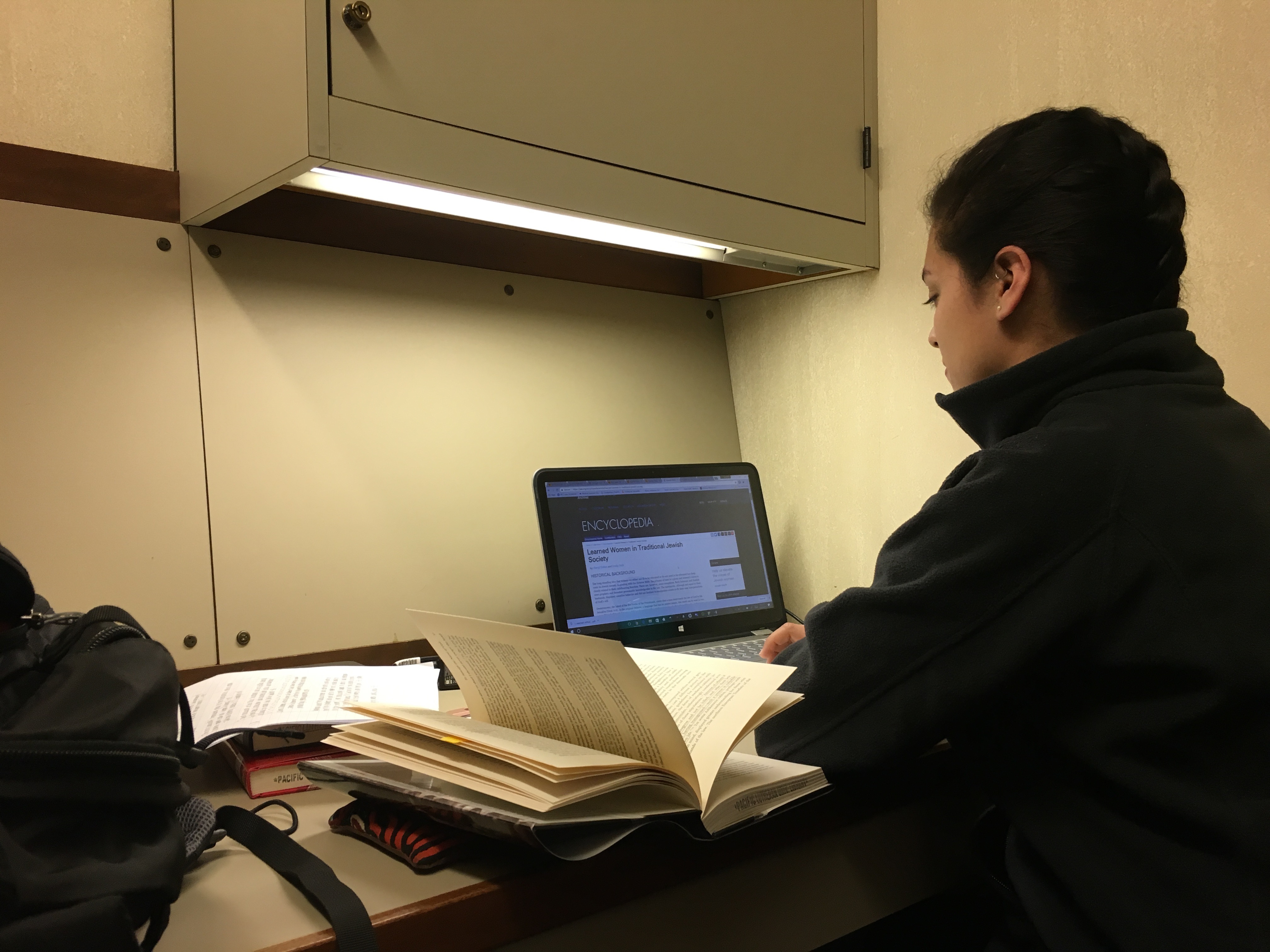Donald Ryan’s lecture on who owns Egyptian artifacts began and ended as he had intended: with questions.
The question of the hour during his Family Weekend lecture Saturday was: what do we do with Egypt’s treasures?
“I look at Egyptology as a great liberal arts subject,” the PLU graduate of 1979 said. “More questions than answers.”
The answer to Saturday’s question required a bit of a history lesson beginning more than 4,000 years ago, when ancient Egyptians built massive monuments and temples to commemorate their rulers and the wealthy.
Fast forward to Alexander the Great’s invasion of Egypt in 400 B.C.E., and the first foreign acquisitions of Egyptian antiquities. Several other civilizations followed suit, but the Arab invasion in the 7th century turned Egypt into how we know it today — primarily Muslim and Arab-speaking.
It wasn’t until the mid-1800s that the Egyptian government began regulating who could take what from the country. Until that point, an unofficial “finders, keepers” policy had been in place.
Today, the opposite rule applies: anything found in Egypt must stay in Egypt. This rule applied when Ryan and his team found an unmarked tomb in the famed Valley of the Kings containing two female mummies. One of the mummies was identified as Hatshepsut, the first female pharaoh of antiquity, who ruled from 1479-1458 B.C.E.
The issue becomes less easy to resolve when considering the artifacts that have already been removed from the country.
One argument, backed by the largest museums and collectors in the world, is the opinion that Egyptian history is part of human history and belongs to the world, not just the country of origin. Proponents of this line of thinking argue that artifacts that are already out of Egypt should be allowed to stay there.
These artifacts were — for the most part — collected legitimately, and so it’s important to honor that.
There’s also the point that by placing these artifacts in the biggest museums in England, Paris, Italy and Germany, they are encouraging tourists to go to Egypt.
In the other argument is the line of thought that Egyptian artifacts should be returned to their homeland. Because many Egyptian citizens are poor, they cannot afford to visit some of Egypt’s most treasured pieces in other countries.
The situation is made even more precarious by the political unrest in the country. Ryan said some advocates for artifacts staying where they currently reside argue that Egypt is too tumultuous for the precious finds.
“Now, in many ways, it’s lawless,” Ryan said, citing several pictures of museums cleaned out by looters. “Nobody’s watching.”
Ryan has firsthand experience with the social and political chaos. While on an archaeological trip last year, he and his group were exposed to tear gas. Ryan said his eyes have yet to recover from the damage.
Until this year, Ryan had taken a group of students on a January term trip to visit sites in Egypt. These trips are on hold indefinitely while the country is deemed unsafe for Americans to travel to.
Although times are uncertain in Egypt right now, Ryan didn’t rule out the possibility of an impending personal trip.
“It’s a matter of timing,” Ryan said. “And what’s happened between now and when I want to go.”



























